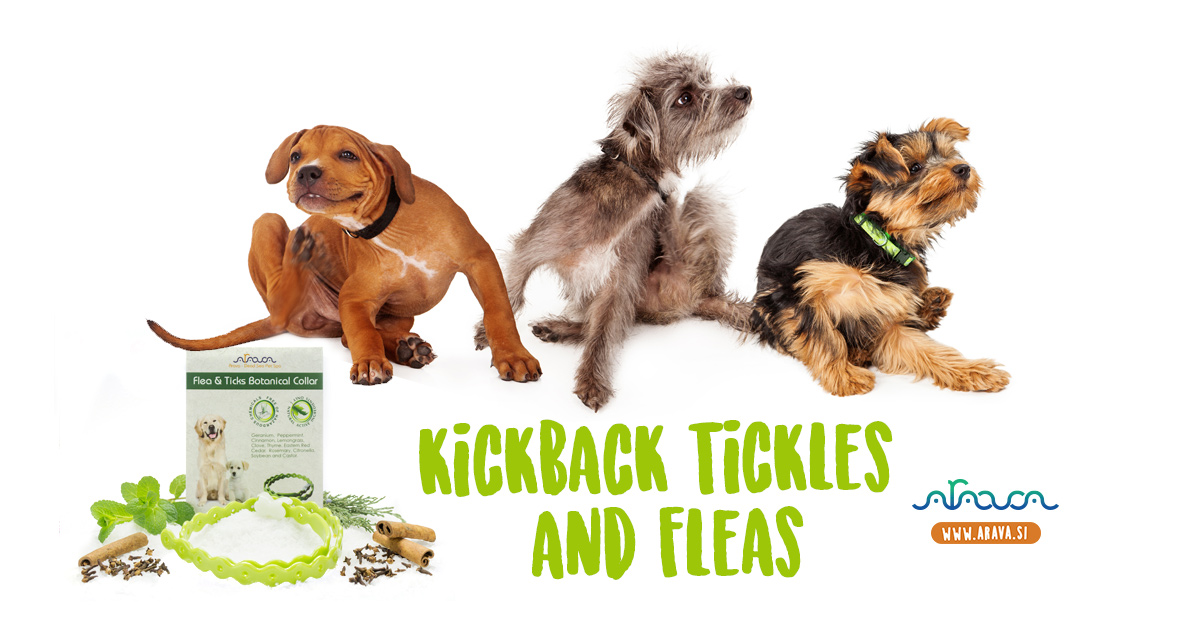In recent days, the sun has begun to warm us. With it, however, external parasites have also appeared, and they can be very harmful to dogs and cats. We are talking about ticks and fleas.
Fleas live on the skin or between the hair, they are 1-2 mm in size. Developmental forms (eggs, larvae and beetles) are in the environment where the animal lives, and adult fleas reside on the dog, where they feed on blood. We do not see fleas on the dog except during a major invasion, but we notice tiny black-brown spots – flea droppings.
The female lays 15-30 eggs per day, which fall from the dog to the ground where the dog most often stays (bed, sofa, …). The new generation develops under favorable conditions in 2-3 weeks, and under unfavorable conditions the development can be extended to 6 months.
An adult flea can survive without food for a long time, but only in a humid environment, and can survive on a dog or cat for several months. Some dogs are sensitive to flea bites or substances in their saliva – constant scratching and biting can cause skin inflammation.
We must always work systematically against fleas – it is necessary to destroy all developmental forms, if they already appear. We must not forget the environment where the dog lives, because there are eggs, larvae and beetles (remember – only 5% of fleas are on the dog, the rest are in the vicinity).
To repel adult fleas, we can use collars, shampoo, spray or drops that are squeezed on the skin on the neck.
Ticks are dangerous parasites because they transmit dangerous diseases such as: borreliosis, ehrlichiosis, babesiosis and some other rare diseases such as anaplasmosis. Tick-borne diseases are sometimes curable, sometimes only manageable, in some cases diseased animals have the consequences for a lifetime. Late-diagnosed and more severe forms of the disease can end in death, so it is extremely important to prevent the disease by protecting the animal from ticks.
They live in tall grass. The entire developmental cycle of the tick lasts 3 years, the female lays a few thousand eggs in the spring. A tick is found on a dog only at the time of feeding that is about 3-4 weeks in its life. It is very important to remove the tick no later than 24 hours after it has sucked into the skin, as only then does it begin to excrete the above-mentioned pathogens that cause the diseases.
To protect the dog and cat from ticks, we use collars, sprays or drops that are pressed onto the skin on the neck.






